Welcome back,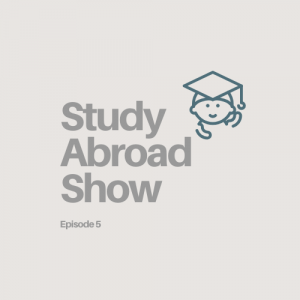
I have talked to Ben last time whom I have met on my exchange semester at the Fashion Institute of Design & Merchandising (FIDM), as it was such a crazy and amazing time of my study abroad journey it seemed right to reach out and talk to some of the staff there to get their perspective on studying abroad.
I decided to interview two faculty members from the university and publish them both today in the form of a weekend special. Hope you will enjoy this double weekend read and learn something new from my guests’ unique perspective.
So as always, I am very excited to introduce you to my next guest on the show, Sarah Repetto. She was my contact person during my application time and my go-to person if I needed anything during my time in LA.
Sarah is the International Affairs Director, which at FIDM means she is a catch-all for many different parts of the field of international education working in an area known as education abroad. She is primarily tasked with coordinating, planning and developing the university’s study abroad programs for the students. If that wouldn’t be enough Sarah also teaches part-time for the college.
Can you tell me more about your role and FIDM’s study-abroad elements?
S: Most of our study abroad programming are short term and they range anywhere from 3-17 days, we have both domestic and international programs. They go all over the world one of our biggest destinations is Paris, France. Recently, we did our first trip that was open to all students to China, so these are our study abroad components. I also run our exchange program which has been primarily inbound students. However, this last quarter, we had our first student go to KEA in Copenhagen, Denmark. I’m hoping that we’ll be able to do more of those in the future.
Because of the title of my position I also do international articulation agreements with international schools. And I also coordinate various workshops and special events and visits by various international guests who come to the college.
How did you end up in this position? Do you think you will ever want to change?
S: I started as an instructor, I got my master’s in art history and I taught it for several years. Then I worked on an international conference and I enjoyed it a lot. Shortly after that, the woman in my current position retired so I applied. Because of my experience working on the conference, studying abroad, and my relationship with the college, they gave me the position and I’ve been there since 2014. I really enjoy working in international education, so I would like to stay in the position and continue to grow and develop our programming.
Was your study abroad experience personal, did you do an exchange?
S: Yes, I did study abroad. I studied Fine Arts in college so I did a two-week drawing and painting program in Florence, Italy one summer. Then at the end of my college experience, I decided I wanted more so I went to Paris to study art history for one semester. That was an incredible experience, I lived with Americans, which was a mistake because my language skills could have improved more. The program was in English, which was helpful, but it also made other things more challenging. I’m really glad I did that program and I wish I had gone for a year because then I can only imagine how my language skills would have improved.
Do you think that experience helps your daily work dealing with exchange students?
S: Absolutely. Because I did personally experience a lot of the joys but also a lot of the hardships of studying abroad. Nobody ever really talks about that, everyone always talks about the joy and the incredible experience. But there’s a lot of loneliness, language barrier and isolation. I feel like I understand those challenges and I can relate to situations that students are going through because of my experiences abroad.
What are some challenges that you face in your daily life or on a bigger scale as an International Affairs Director?
S: The biggest challenge is trying to manage all the programming, but at the same time building new programming. On a daily level and a large level, staffing has been challenging. I’m pretty ambitious with what I want to do and how I want to grow the programs but it’s hard to by myself. When I started my priority was the study tours for our students since I’ve tried to expand our exchange program and that has been challenging because the study abroad programming is so time-consuming.
I’ve tried to make adjustments to make things a more streamlined but sometimes those changes are not always positive and then you have to go backwards.
Why do you think your role is so important in a student’s study abroad journey?
S: I think sometimes the students don’t realize what opportunities they have. It depends on how much research they’ve done. But it’s really important to have advising sessions with students so that they’re aware of and can understand everything available to them.
And you do these sessions personally too?
S: Yes, That is why our outbound program is very underdeveloped because it was quite complicated with our quarter structure and no one had the time to work on that.
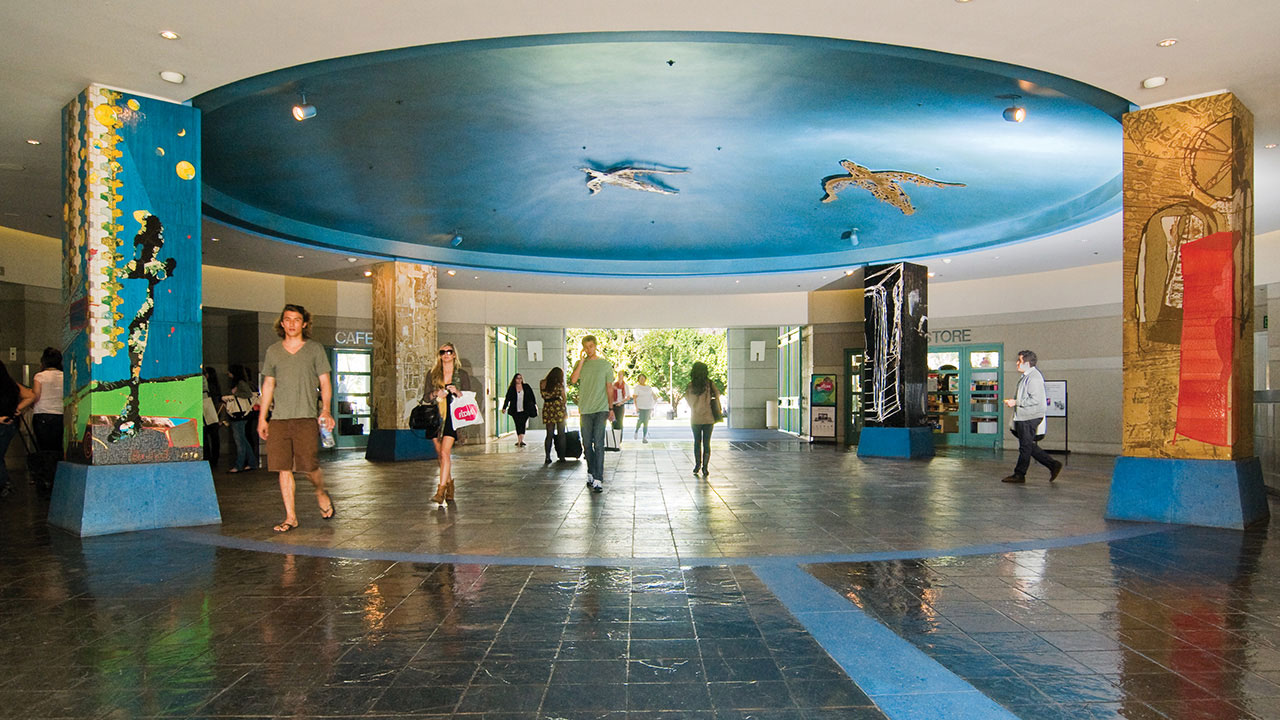
You are doing a great job with the inbound students, we are definitely leaving FIDM happy!
S: Thank you. But this role has a lot of responsibilities and if, when things happen, you second guess the decisions that you’ve made. And that’s tough, you look at your orientation, what we need to be doing more to prepare students and all that kind of stuff.
What are some common difficulties that students face that you have to prepare them for?
S: Common difficulties can be that students don’t have access to all of the supplies for the design classes. Sometimes I find them supplies to borrow, so they don’t have to buy certain things. Ours is a particular institution, you are not able to register until you arrive as an exchange, I’ve had situations where students can’t get into a class because it’s already full, that has been a challenge.
I’ve had students dealing with issues of homesickness, and isolation. But most of the students I’ve been really impressed with how resilient they are and just able to get over those feelings on their own.
For me the one quarter was like being on cloud nine the whole time, it’s such a short time that there was no time to think about things like homesickness.
S: That’s one of the changes we’re hopefully going to make is to open up the exchange for two quarters.
What’s one thing that you wish all international students would know?
S: That’s hard to answer because most international students who come are more worldly than our domestic students so everybody comes already having travelled. Maybe something basic is how large Los Angeles is and to be aware of the geography of the city, they’re moving to. People are always shocked by that, how spread out everything is and how it’s more challenging to get around.
Why would you encourage students to take on an international education journey?
S: You can’t become a global citizen until you experience other cultures, people, languages, situations and different forms of education. I believe in the value of not just visiting a place, but spending time in that environment, in that culture and learning from a completely different perspective. That is what makes us more empathetic and more compassionate in our future lives. That’s why I think it’s really important that everyone experiences some type of international either education, work or internship.
What are some of the most common nationalities in your inbound program? Why do you think it’s that way?
S: It’s this way because the partnerships that we have set up, because of a consortium of international fashion schools called IFFTI, the International Foundation of Fashion Technology Institutes, so many of our partners come from them. That’s why we typically have Mexico, India, Denmark, Australia, Italy so it’s never been by design. We haven’t had that capacity to expand that way.
How do you create those partnerships with the Universities, is it maintaining the old ones or creating new ones?
S: I wish I had more time to research institutions and to reach out to them because we are not always partnered with exactly the right institution for our students. So I mostly spend time maintaining old relationships and then many schools reach out to us. The founder of Janette Klein one school in Mexico is a FIDM alumnus so that’s why we’re partnered with her, it’s different reasons like that.
Why is it important to have international students?
S: International student body enriches our student body, they are wonderful in the classroom and they bring a completely different perspective and mindset to all classroom discussions, group presentations and every aspect of the classroom. I believe that their input and their perspective is invaluable to the learning of our students and vice versa. That’s why they’re so important.
What about exchange students, why are they an important part of the student body?
S: Exchanges are incredibly invaluable from both sides. You can get the best of both, you get your education at your home then you get to experience a different educational environment to your own. It expands, and it elaborates on the education that you’re already receiving and enriches it.
I believe in our exchange programs so much, that’s why I’ve been trying to make strides so that our students can go. Unfortunately, our students have not had the opportunity to go during their time at FIDM and receive credit. We just did that for the first time, I’m hoping we can do more of that.
Do you receive many wishes of people wanting to go?
S: Yes, I have a lot of people who want to, but a lot of our domestic students realize how challenging it’s going to be so they change their mind and decide not to go through it. Study abroad takes a lot of independent will and you have to figure out things on your own.
Students from Europe and from all over the world are more global, they have more experience with going to other countries and having to navigate these things on their own. Whereas not all, but many of our domestic students are not quite as independent. When they realized how much independence is needed to do a study abroad program, they are intimidated to do so.
Do you think students who have these study abroad experiences have better chances on the job scene?
S: Yes, absolutely. A study abroad experience is invaluable, it brings your interpersonal and cultural diversity skills to a higher level. Employers are always impressed by that.
Sarah has mentioned different study abroad components in FIDM’s programming, one being the study trips, so my next questions are about that. Are the study trips extra curriculum or it is part of the syllabus for some majors?
S: There are three types of study tours, some are open to all majors so that anyone can join. Some are open only to specific majors like a beauty trip still, other majors can go but they’re designed for beauty students. The third type, which is integrated into the curriculum and they are part of a program like the men’s wear program. They have a trip every year to the Dominican Republic, where they visit factories and companies and they see where a lot of clothing is made and manufactured. The tours have never been utilized for exchange students because they are here only for such a short amount of time.
If it’s part of the program does FIDM provide any scholarship or the trips are part of the tuition?
S: Short term trips are in addition to tuition and students would pay that separately. Unfortunately, we do not have scholarships available as a department. To my knowledge, we do not have any specific study abroad scholarships, study abroad scholarships are only available for students who go on exchange. In their case, they pay tuition at FIDM and pay for your books, supplies, housing, meals and things like that at the partner university.
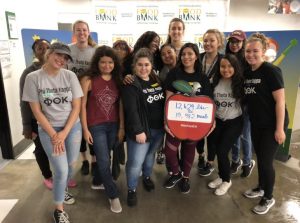
FIDM offered many club activities between and after classes, exchangees are not separated from local students in any way so if people have the right attitude the integration for international students can be seamless. At least that’s how I have personally experienced it so I was curious about Sarah’s view on this. How do you make sure integration always works?
S: It has worked out that way where you are just matriculated with the rest of the student body. However, I feel like you and your group did that on your own. We always encourage it, but your group was exceptional in taking that on. Our current students don’t quite realize what they have so they don’t take advantage as much as they should. So I am always impressed by how our exchange students come and they’re the star students because they like our classes, teaching and programming.
Is there any official training for the school staff that is connected to the integration of internationals?
S: We have professional development training for the staff and the faculty that deals with cultural differences. A lot of our faculty have been teaching international students for a long time so I think they’re also used to that. We also have the idea centre where all of our students who need assistance or help, if they are having difficulties with language or any classes they can go to the idea centre for tutoring where our staff is there to provide additional help.

Readers’ Mail:
The next question comes from one of you so if you would like to ask a specific question from future interviewees go ahead and leave it in the comment section below.
What are some of the hardest parts of integration from the domestic students towards incoming internationals?
S: Sometimes our domestic students are not as global as the international students are, and they don’t have enough experience with it. I think they are hesitant because they don’t quite know how to react and how to integrate. We could do more to bring them together, we could have more activities that make integration easier for both.
I had a lovely time catching up with Sarah after two years and asking her opinion on the topic, which probably would not have happened without the blog, so thank you for taking your time for reading it!
Don’t forget to check out the second part of the weekend special, where I interviewed Ben Weinberg the International Student Director from FIDM, just click on the link below to read now or save for later
>>> Weekend Special Part 2 <<<
See you there,
Eszter
Featured picture source: https://fidm.edu/en/student+life/campuses/
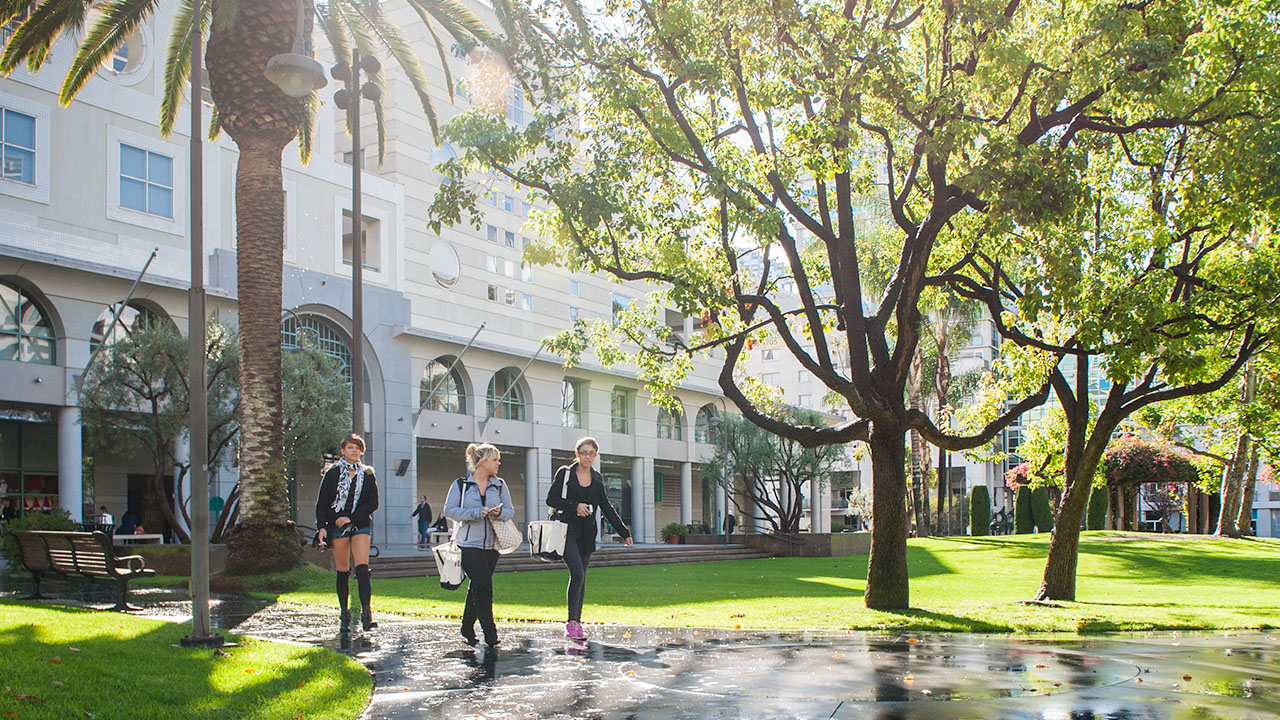
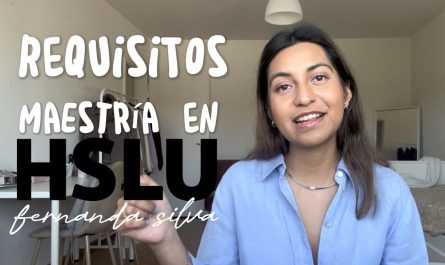

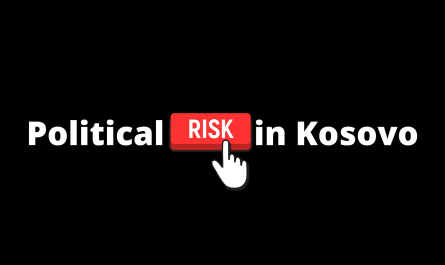
Loved the interview! Made me very nostalgic tho. I miss FIDM and will be forever grateful for the amazing opportunity I had to study with them ❤️
What a good interview! It’s so nice to have some insights from the other side!
Tried my best to showcase the hard work that the schools put into welcoming us during our studies so I’m very happy you found it insightful!
This made me so nostalgic! Spring quarter of 2018 was absolutely amazing! Thanks to Sarah and all the faculties at FIDM!
I know, It really would not have been the same without their work!